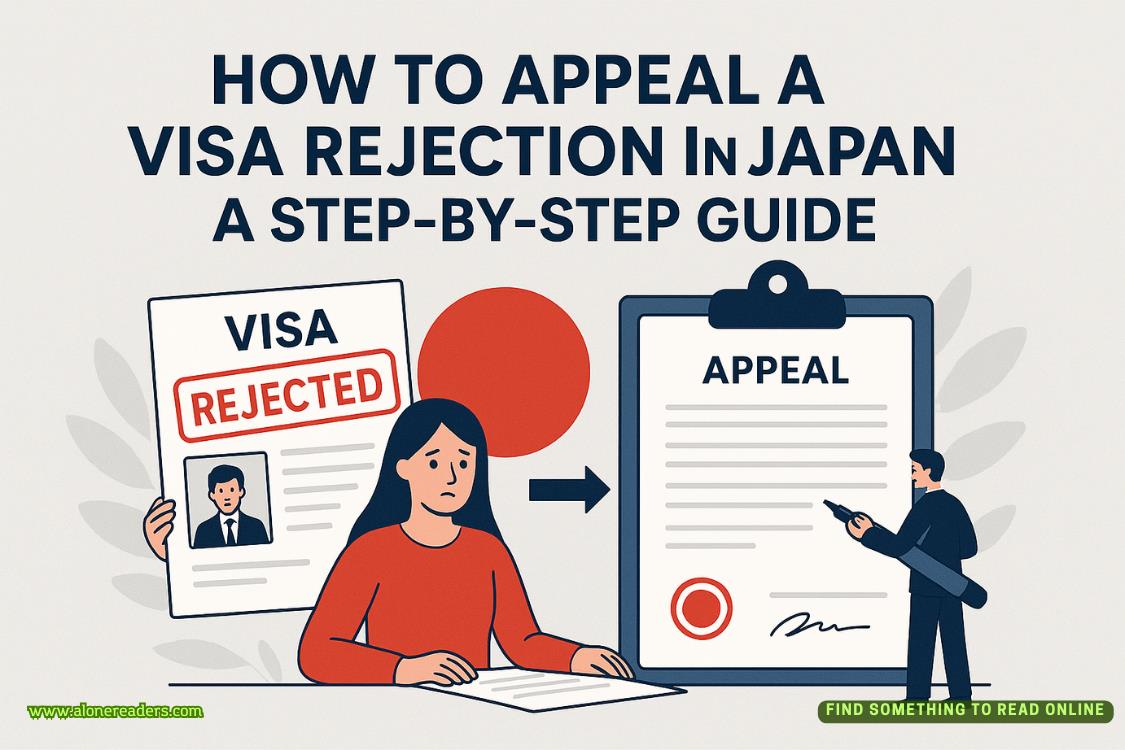Page 8 of Saber's Surrender
As I pull up her chart I see all of the tell-tale signs that validate her prognosis. “Nasal discharge. Fever. Long bouts of coughing. Wheezing and vomiting. Did you admit her?”
“Not yet,” she conveys. “I know that if my thoughts are accurate, she’ll need a strong dose of antibiotics and I’d prefer that we did that ourselves and she’ll need to be in isolation for at least five days.”
I hem and haw before saying, “It shows here that you’ve already started the isolation protocol by putting her in a negative pressure room. How are the parents handling that?”
“As well as you’d expect them to. They aren’t happy, but at least they can still see her and communicate with her through the glass and intercom,” she remarks.
I catch something else on her chart and ask, “Did you confirm she had her DPT vaccine? Seems odd for her to come up with pertussis if she actually had one.”
Foxy’s brow raises and she states, “I did double check that fact with her parents, as well as her pediatrician because I thought the same thing. Apparently, there’s been an outbreak that I didn’t see in the daily NIH email and even with the vaccination, some kids are still susceptible to getting it. Viola is obviously one of those children.”
I hide my smirk at her snarky tone because Iwasneedling her a bit about her history taking. I should’ve known better, though, because Foxy’s always been thorough with her patients. I may hate her with every fiber in my body, but I can’t deny she’s good at what she does. For that, she gets some begrudging respect, even though I would never tell her to her face I felt that way.
“I think you’re right about what she has, Roxy. I’d go ahead and admit her and start the round of antibiotics. The quicker you can treat it the better she’ll be in regard to recovery.”
She mumbles something underneath her breath that sounds a lot like,“I miss the days I was your Foxy Roxy.”But since her words were muttered quietly I don’t acknowledge it. Not that I really know what to say other than those days are behind us and I don’t see it happening anytime in the near future. Or, if truth be told,everagain.
“I’m gonna head back up and get her admitted. Thanks, Saber.”
“Welcome,” I reply, getting back on task and completing the elderly gentleman’s notes I was working on before she came in.
Thirty-two hours later, I’m nestling into one of the beds kept in a room for the doctors to catch some shut eye who are pulling shifts that last for days when a medical alert sounds off in the room. “So much for catching a few hours of shut eye,” I mumble as I crawl my way back out.
Sliding my white jacket over my scrubs I jog out of the room, wrapping my stethoscope around my neck as I head directly to the nurse’s station.
“What’ve we got?” I ask Miranda, the charge nurse, as she scuttles around the counter and grabs me by the sleeve.
“Multi family car collision. Four dead on scene but three are being rushed in. We’ve called Roxanne in to assist. She’ll be here in a few minutes but until then, you’re going to need to multitask.”
“Where’s Dr. Shyster?” I inquire, scanning the area.
“He went home twenty minutes ago. He has the flu like most of the staff,” she informs me. “We called several doctors but Roxanne is the only one who can come in.”
“Give me as many details as you can, Miranda.”
“Both parents perished in the crash along with the grandmother. The only survivors are the children and one of the grandparents. A fourteen-year-old male and a ten-year-old girl along with their seventy-two-year-old grandfather. From what the paramedics told me, he has Alzheimer’s. They were on the way to return him to the assisted living facility since he was with them on a day pass. It was his and his wife’s fifty year anniversary and the parents took them out to dinner to celebrate. It’s so sad.”
Her sniffling has me trying to reroute her emotions back into nurse mode instead of that of a wife and mother. “Page the neuro team and have the radiology team on standby, along with the portable X-ray machines,” I state. “Also, ensure that dispatch is aware that we’re taking on this casualty and the ER may end up being closed to incoming traumas. They may need to divert to another hospital.”
“I’ll start making those calls and get those pages done as well. The nurses are currently gathering suture kits, as well as anything else I can think of for them to grab based on the initial call-in from the first responders,” Miranda says.
“Appreciate your quick thinking,” I tell her, as I pull on a biohazard gown and gloves in preparation to meet the ambulances as they arrive. “Oh, Miranda? Maybe place a call to children services if the parents died in the crash. If the grandfather is their only living relative, they’re gonna need a foster home that’s skilled with children who’ve been injured, and the social worker can make those arrangements.” She sends me a thumbs up as she hurries off to take care of the things I gave her to do.
As I hit the ambulance bay, the lights and sirens pierce the quiet air and I prepare to face traumatized children and an older gentleman who’s going to be blatantly confused about his circumstances. I make another mental note to have either Miranda or one of the other nurses check to see if his doctor is in our network so that they can be called in as well. While I wait for the ambulance to pull to a stop and open the back doors, I mentally prioritize what needs to be done first just as Roxy walks up to stand at my side wearing the same getup as I am.
“Sorry I have to be here,” she quietly says just as the back doors open and a female EMT jumps down, the driver coming around to help pull the gurney out.
“We knew it was a possibility,” I reply, running toward our first patient. “What do you have?” I ask as I run my eyes over the teenage boy who’s laying there so silent and still. As they rattle off his vitals, as well as his known injuries, I follow them inside, knowing that Roxy will grab the next patient.
For now, I need to focus.
When we hit trauma room one, I help them transfer him to the bed and glimpse down at him, getting the shock of a lifetime. It’s like looking at myself at his age down to the dimple on his chin and the swirl of green that breaks through the blue in his eyes. Lifting up the chart, I go through the information and when I get to the part that has his date of birth scrawled on it, I nearly stagger backward.
Shaking off the mix of emotions I have at possibly finding my boy, I go into doctor mode and begin barking out edicts. I’m trying not to freak out but I can’t help but repeat orders that I’d already discussed with Miranda.
Leveling my eyes with my assistants, I reiterate. “I need X-ray down here; we need to take blood and start a saline drip.”
As the nurses move around, getting an IV started and hanging fluids, while another cuts away the boy’s clothes so we can see the injuries, I’m mentally checking him over and cataloguing each gash and obvious broken bone.















